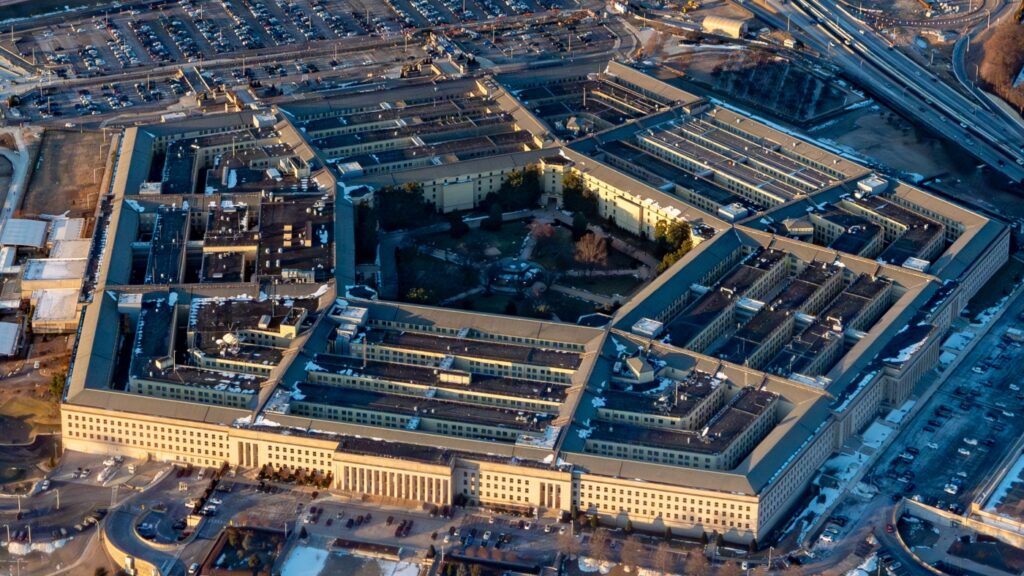Defense Secretary Pete Hegseth has unveiled plans to reduce the number of senior admirals and generals while refocusing the Army’s efforts on homeland defense and deterring China. The initiatives aim to streamline military structure and leadership by cutting the number of senior officers and eliminating outdated programs. Hegseth’s directive includes reducing the number of four-star admirals and generals by at least 20% and also decreasing general officers in the National Guard by the same percentage. The goal is to enhance the military’s efficiency, innovation, and preparedness for future challenges.
Currently, there are over 800 active duty generals and admirals, a figure that has steadily increased over the past five decades. Critics, including the Center for Defense Information at the Project on Government Oversight, argue that the rise in senior officers may be excessive. They emphasize the importance of maintaining a balanced ratio of officers to enlisted personnel for optimal military effectiveness.
Meanwhile, Hegseth’s memo has raised concerns about potential partisan motivations behind the cuts, with fears that dismissals may target individuals based on factors like race or gender. Senator Jack Reed, ranking Democrat on the Armed Services Committee, has called for transparent rationale and analysis in these personnel decisions to avoid undermining the military’s capabilities.
Furthermore, Hegseth has directed the Army to implement a comprehensive transformation strategy that includes modernizing defense contracts, acquiring new capabilities, and eliminating inefficiencies. This plan, already in progress before Hegseth’s tenure, focuses on deploying long-range missiles, drones, and advanced equipment to counter emerging threats, particularly from China. By scrapping outdated assets and restructuring formations, the Army aims to enhance its readiness and deterrence capabilities for future security challenges.

